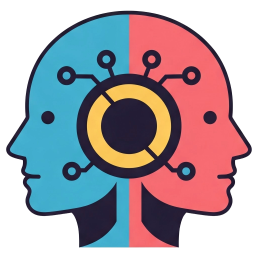Exploring the Deutsch-Jozsa Algorithm: A Hands-on Approach with Optical Implementation
The Deutsch-Jozsa algorithm stands as a cornerstone in the realm of quantum computing, showcasing the power of quantum algorithms to solve problems exponentially faster than classical counterparts. This blog post delves into a fascinating and interactive exploration of the Deutsch-Jozsa algorithm through an innovative optical implementation.
Understanding the Basics
First introduced by David Deutsch and Richard Jozsa, the Deutsch-Jozsa algorithm was a pioneering development that highlighted how quantum computing could potentially revolutionize our approach to problem-solving. At its core, the algorithm tackles the problem of determining whether a given function is constant or balanced when interfaced with a quantum system. Its ability to solve this in a single query, juxtaposed with the multiple queries required classically, underlines its efficiency.
Optical Implementation: A New Dimension
Recent advances have allowed for the Deutsch-Jozsa algorithm to be implemented through optics, offering an interactive medium to observe quantum phenomena in action. This optical implementation involves using specific light properties—such as polarization and interference patterns—to emulate quantum bits and showcase the algorithm’s function within a tangible framework.
The Setup
Leveraging beams of light, this optical approach employs devices like beam splitters, polarizers, and detectors to mimic the quantum interference that is central to the algorithm. By manipulating these elements, it becomes possible to visualize the algorithm’s outcomes, providing a hands-on opportunity to engage with and better understand the principles underlying quantum computation.
Why Optical?
Optical computing methods shine a new light (quite literally) on quantum algorithms by rendering them accessible and visually demonstrative. This approach not only enhances understanding for learners but also inspires further research and innovation by making abstract concepts more concrete.
Conclusion
The interactive optical implementation of the Deutsch-Jozsa algorithm is not just an engaging educational tool; it is a testament to the growing synergy between different fields of study. By merging optics with quantum computation, we can gain deeper insights and inspire advancements that could redefine the horizons of computational science. Whether you are a seasoned enthusiast or new to the field, exploring this union offers a unique and enlightening perspective on the power and potential of quantum algorithms.










Leave a Reply